To advance scientific research and academic development in the field of mathematical medicine, and to foster collaboration and exchange between experts both domestically and internationally, the “2024 Conference on Mathematical Medicine and Its Clinical Applications was successfully held from October 31 to November 1. Hosted by the College of Mathematical Medicine at Zhejiang Normal University, the conference took place at the Zhengyang Lecture Hall. The event welcomed distinguished guests, including Aaron Fenster and Terry Peters, both academicians of the Royal Society of Canada & Canadian Academy of Health Sciences. The conference also attracted experts and scholars from universities, research institutions, and hospitals within relevant fields. Attendees at the opening ceremony included Jiang Yunliang, Chair of the ZJNU University Council, Wang Shuping, Director of the Office of Talent Management, as well as leaders from the Graduate School, the International Office, the Administrative Office of Science and Technology, Jinhua Municipal Central Hospital, and faculty members from the College of Mathematical Medicine.
During the ceremony, Jiang Yunliang presented appointment letters to Aaron Fenster and Terry Peters, formally appointing them as distinguished professors, and delivered an opening speech.
Opening Ceremony and Distinguished Professor Appointment
Jiang Yunliang warmly welcomed and expressed gratitude to the experts and scholars attending the conference. He briefly introduced the university and the College of Mathematical Medicine, highlighting that both Aaron Fenster and Terry Peters are internationally recognized leaders in the field of medical imaging. Their joining ZJNU will significantly boost research and innovation in interdisciplinary areas like mathematical medicine, driving the college's growth and the development of related fields. This, in turn, will inject strong momentum into the university’s goal of becoming a world-class institution with unique characteristics. Jiang also expressed his hope that the conference would strengthen collaborations with universities and research institutions both domestically and internationally, facilitating joint research projects, cultivating high-level innovative talent, and contributing to the development of a healthier China.
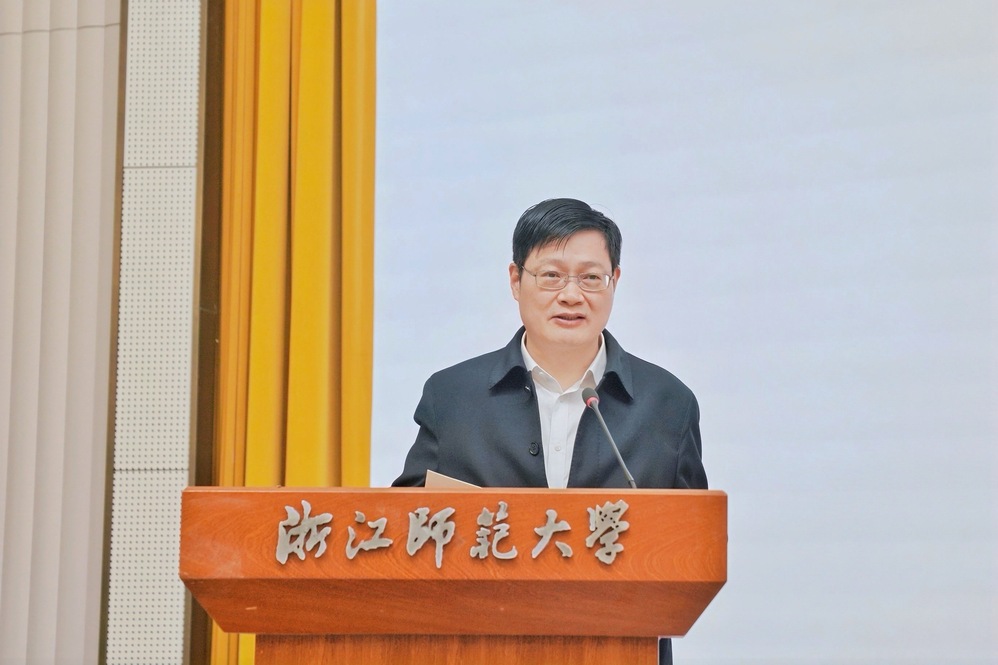
The opening ceremony culminated in the distinguished professor appointment, where Jiang presented appointment letters to Professors Aaron Fenster and Terry Peters.
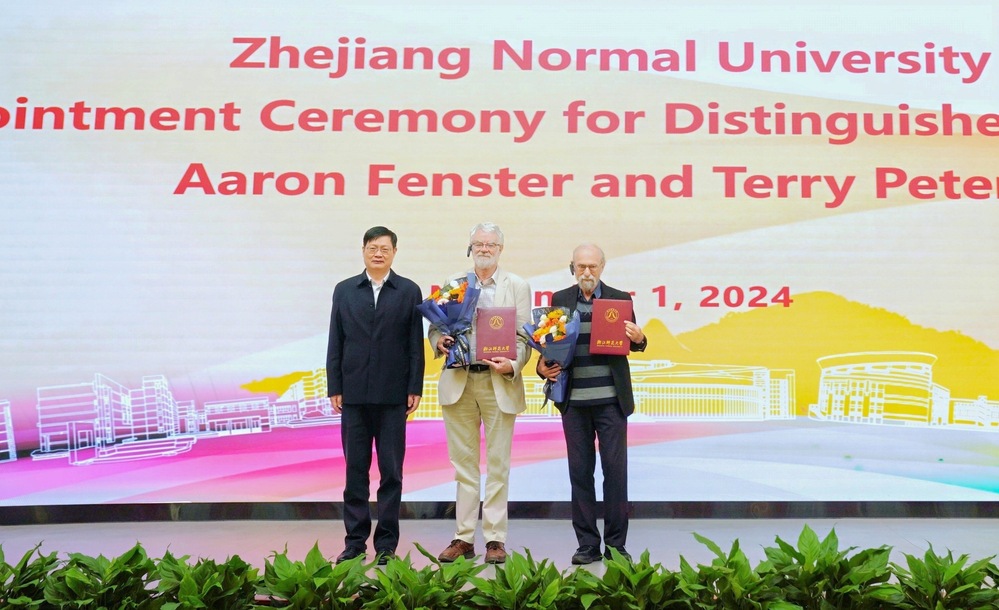
Thematic Reports
The 2024 Conference on Mathematical Medicine and Its Clinical Applications featured four thematic sessions. Experts and scholars from institutions such as the First Affiliated Hospital of Zhejiang University Medical School, Shanghai Jiao Tong University, Huazhong University of Science and Technology, Air Force Medical University, Sun Yat-sen University, South China University of Technology, Zhejiang Hospital, and others shared their latest research findings and innovative technologies in medical imaging analysis and medical artificial intelligence.

Professor Aaron Fenster presented a report titled “Use of 3D Ultrasound in Diagnosis and Treatment of Human Diseases”, offering a comprehensive overview of 3D ultrasound’s applications in medical practice. He highlighted its crucial role in preoperative diagnosis, intraoperative guidance, and postoperative evaluation, using two specific medical scenarios—prostate biopsy and quantitative coronary plaque analysis.
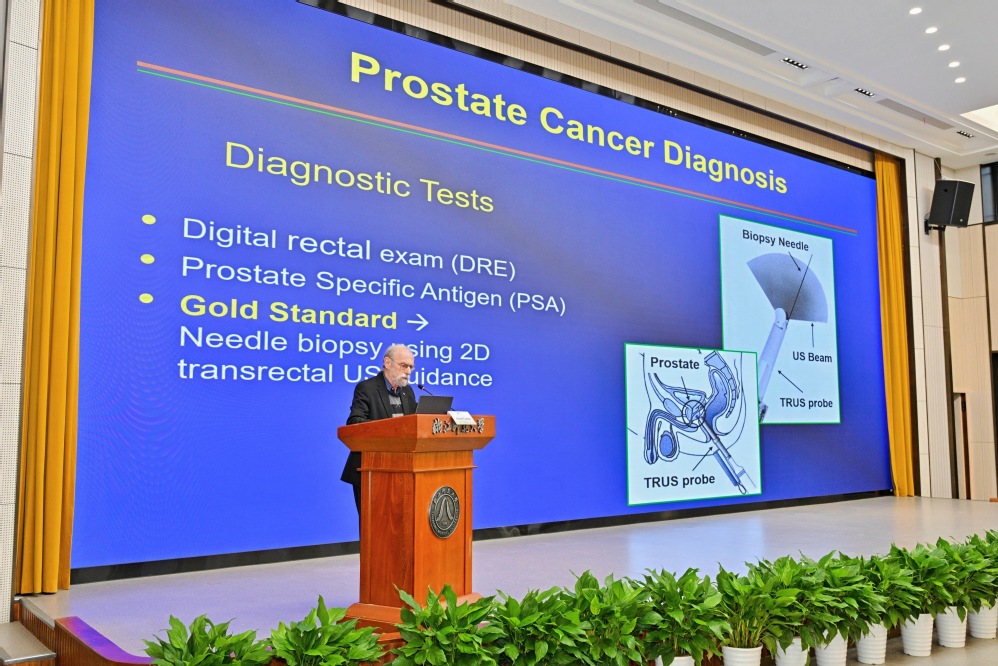
Professor Terry Peters presented a report on Perspectives on the Use of Augmented Reality for Image-guided Interventions.” In his report, he offered an in-depth look at the cutting-edge applications and future potential of Augmented Reality (AR) in surgical guidance. He explained the principles and technical details behind AR, highlighting its significant role in image-guided interventions, with examples such as interventional cardiology.
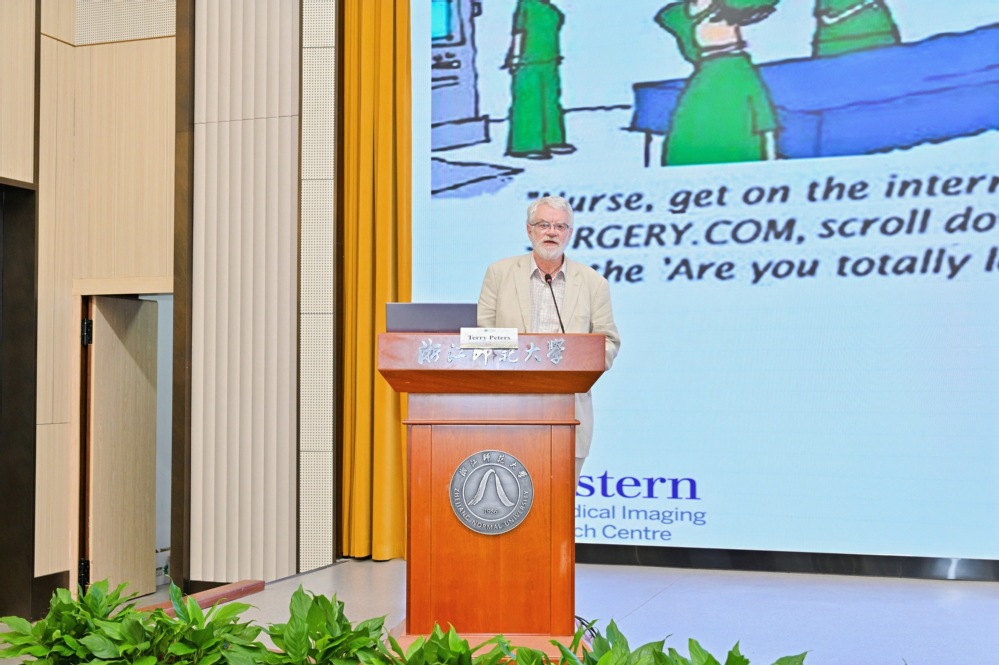
Professor Theodoros Papamarkou presented a report on Topological Deep Learning: A New Frontier for Biomedical Applications, In his report, he introduced the emerging field of Topological Deep Learning (TDL), which focuses on modeling and analyzing data through its topological properties. He highlighted the significance of TDL and showcased its potential applications in intelligent medicine, emphasizing its transformative potential in healthcare.
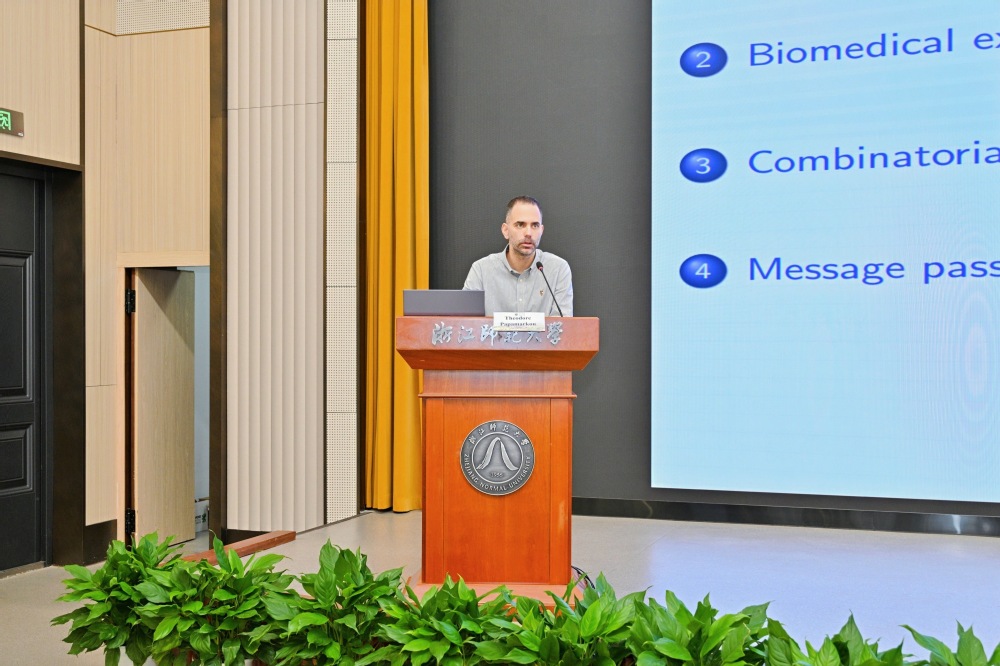
Professor Yao Zheng'an from Sun Yat-sen University delivered a report titled “Applications of Mathematics, Statistics, and Computational Methods in Medicine”, with a focus on AI research in traditional Chinese medicine diagnostics. He explored the mathematical, statistical, and computational techniques that enable remote pathological diagnoses, including microenvironment-driven models of tumor evolution based on tissue and cell structures.
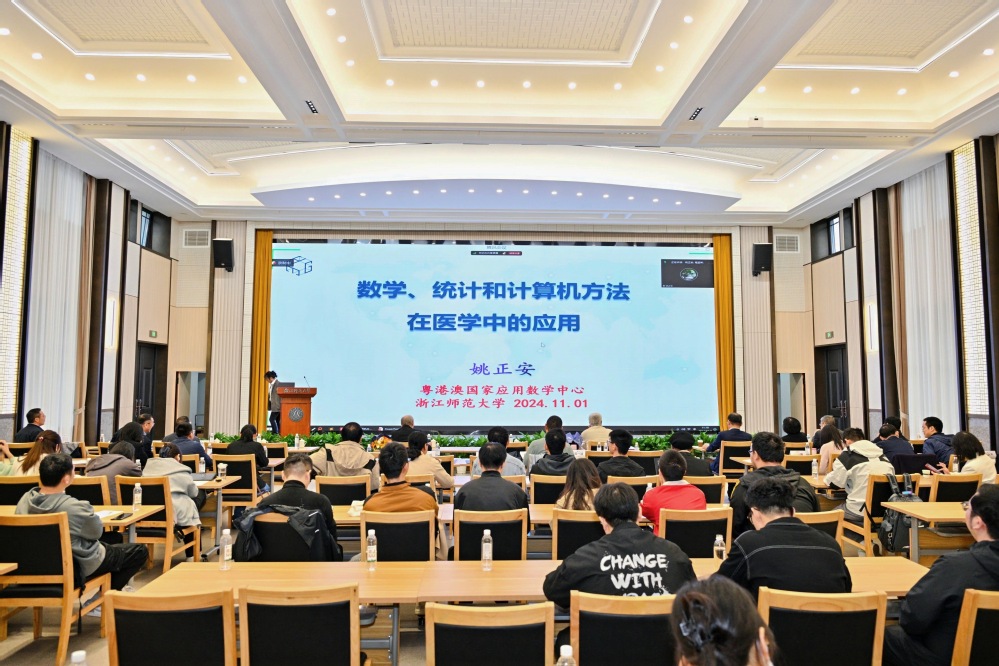
Professor Lu Hongbing from the Air Force Medical University presented her research on Research on X-ray Excited Multimodal CT Imaging Technology, addressing the challenges of limited penetration depth in optical tumor diagnosis and treatment. Her team developed rare-earth-doped, high-efficiency X-ray luminescent materials and, combined with multifunctional molecular probes, introduced a set of high spatiotemporal resolution imaging techniques. These include X-ray Luminescence Computed Tomography (XLCT), X-ray Fluorescence Computed Tomography (XFCT), and X-ray Excited Short-Wave Infrared Imaging (X-SWIR). These advancements enable more precise and integrated X-ray excited multimodal CT imaging for diagnosis and treatment.
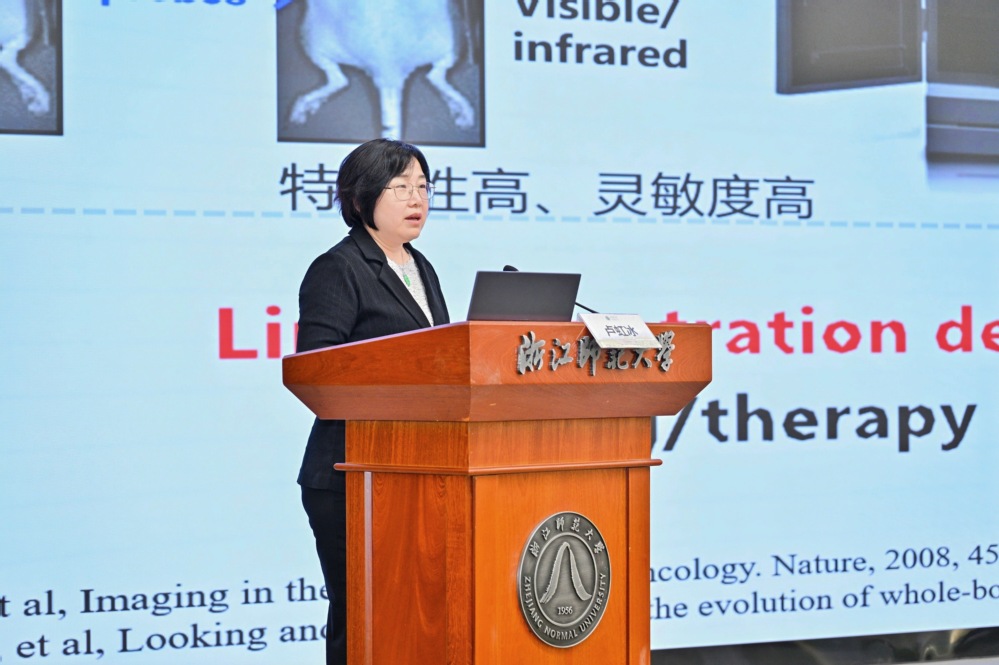
Professor Ding Mingyue from Huazhong University of Science and Technology presented on “Ultrasound Computed Tomography & Its Clinical Applications”. He introduced two innovative systems based on the emerging technology of Ultrasound Computed Tomography (UCT). The UCT for breast imaging has already been established, with clinical trials underway at Tongji Hospital in Wuhan and Hubei Cancer Hospital. Additionally, clinical trials for UCT in the musculoskeletal system are set to begin later this year at the Sixth People's Hospital in Shanghai and Wuhan Union Hospital.
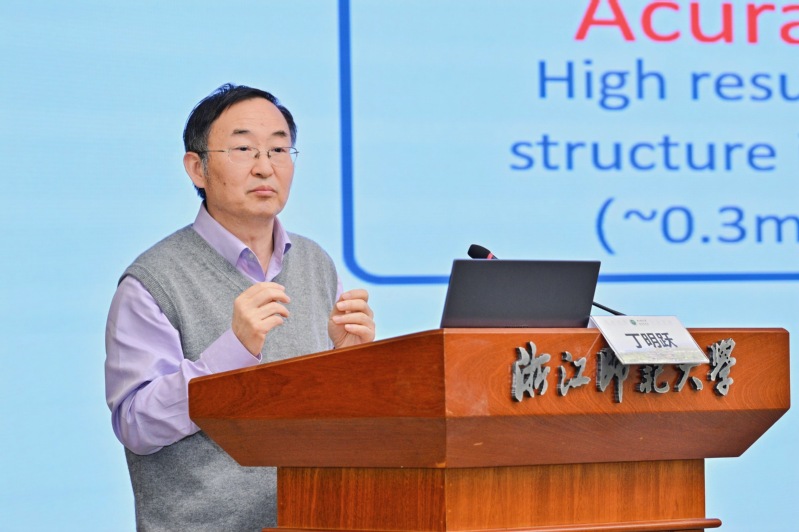
Professor Chen Feng from the First Affiliated Hospital of Zhejiang University Medical School presented a report titled Preliminary Research on Intelligent Imaging Diagnosis of Liver Cancer. Using clinical imaging of hepatocellular carcinoma and his research as examples, he provided an overview of commonly used imaging techniques and quantitative methods in the diagnosis and treatment of solid tumors in clinical medicine. The report highlighted the current state and challenges of intelligent imaging diagnosis, with the goal of promoting interdisciplinary research and collaboration.
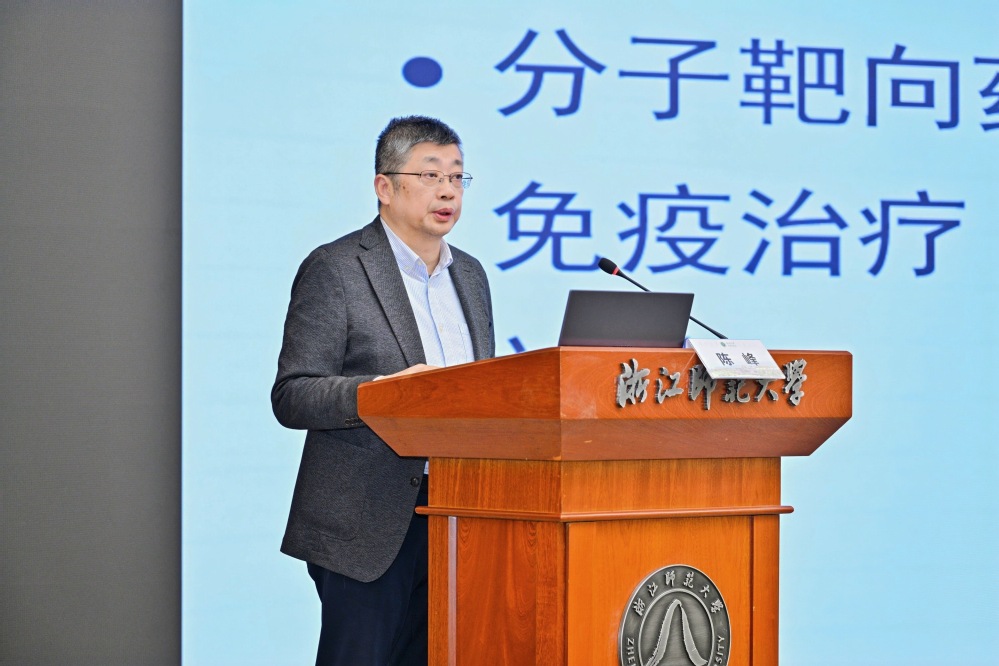
Professor Wang Ming from Zhejiang Hospital presented a report on “Artificial Intelligence-assisted Precision Diagnosis and Treatment of Cerebral Aneurysms”, introducing an AI-assisted system for cerebral aneurysms based on hemodynamics. This system is designed to create personalized, safe, effective, and cost-efficient surgical and follow-up plans tailored to individual patients. His team has already applied this AI-assisted system in the treatment of patients with cerebral aneurysms undergoing interventional procedures. While the system's safety and practicality have been preliminarily confirmed, its predictive capability and accuracy still require further investigation and validation through more extensive follow-up cases.
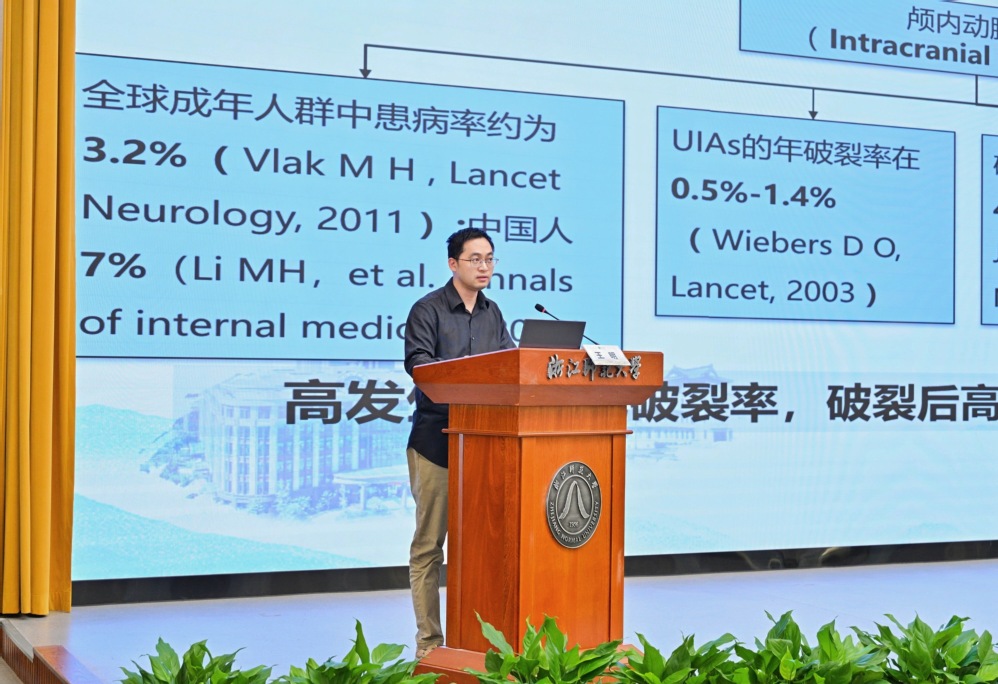
Professor Gu Lixu from Shanghai Jiao Tong University presented on Electromagnetic Positioning-Based Percutaneous Puncture Surgical Robot System and Its Real-World Applications. In his talk, he focused on the clinical application of percutaneous puncture and highlighted innovations in surgical techniques driven by electromagnetic positioning technology. Using real-world surgical cases from multiple hospitals, he showcased the technology’s value across different clinical departments and its future potential. He also explored how surgical robot technology can make significant contributions to improving clinical practice.
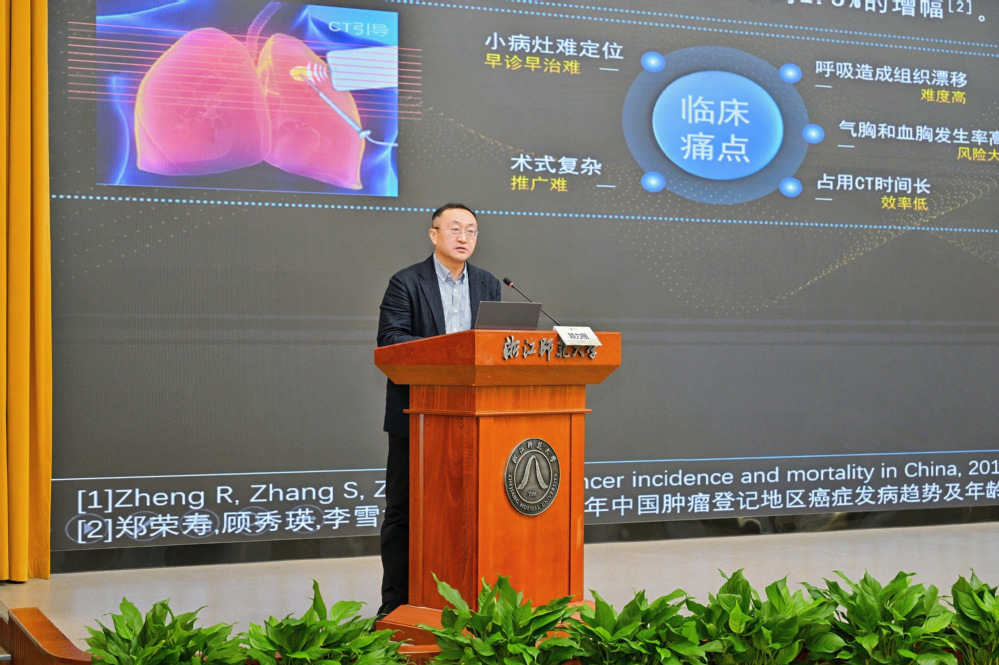
Professor Qiu Wu from Huazhong University of Science and Technology gave a presentation on Generative Models for Medical Image Analysis. He explained how generative models can create high-quality, realistic medical images even from limited or noisy datasets. This not only improves image quality and resolution but also helps identify subtle patterns that traditional methods might overlook. By incorporating generative models into medical image analysis, his team is opening up new possibilities for personalized healthcare, leading to better patient outcomes and more efficient clinical workflows.
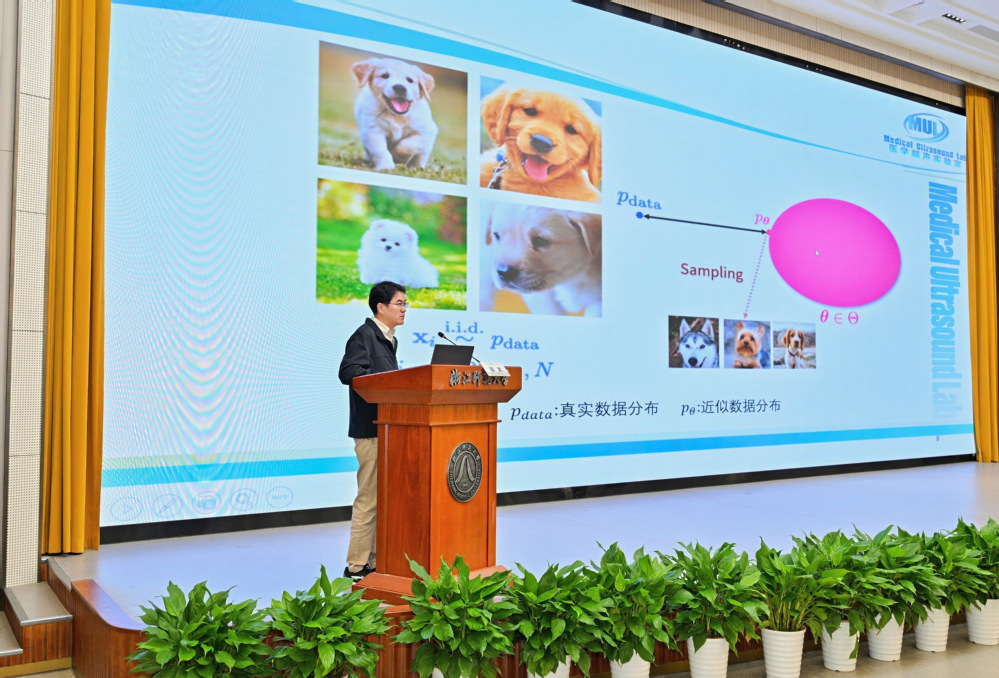
Professor Liu Rui from South China University of Technology delivered a report on “High-dimensional Data-based Critical State Warning Methods for Complex Biological Systems”. In his report, he shared his team’s work on using high-dimensional data to predict critical states in complex systems. This included methods for forecasting the future states of high-dimensional dynamic systems, techniques for identifying dynamic network biomarkers, and approaches for providing early warnings of critical points within dynamical systems.
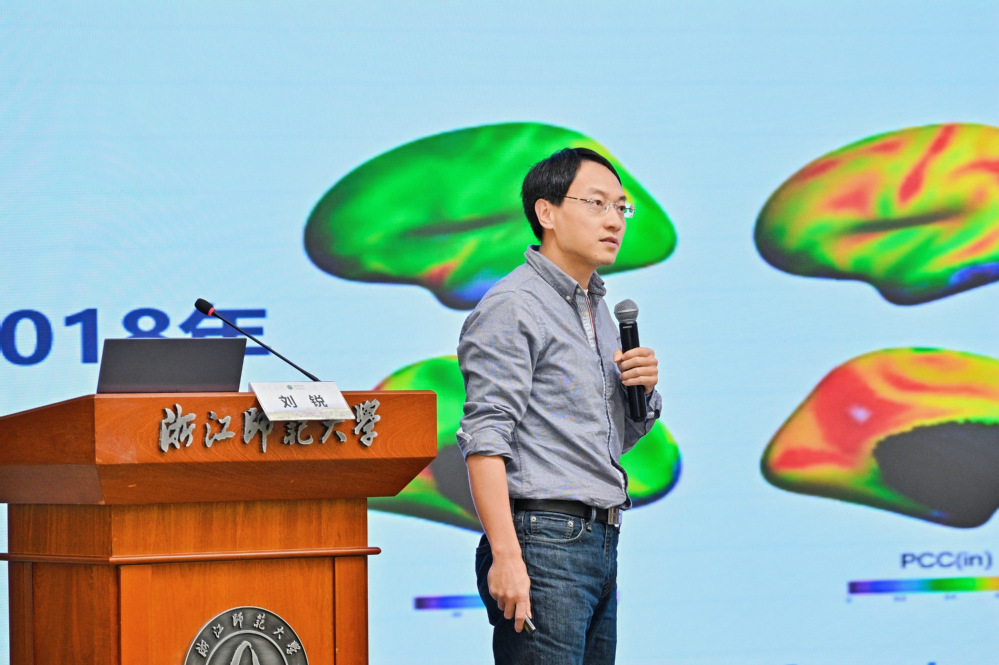
The presentations at the conference highlighted the latest breakthroughs and cutting-edge research in the field of mathematical medicine. Topics ranged from intelligent diagnostics and surgical robotics to scientific advancements bridging basic research with clinical diagnosis and treatment. Key areas like personalized healthcare also took center stage. Throughout the event, experts and scholars engaged in in-depth discussions, making the conference not only a platform for academic exchange but also a reflection of a shared vision to advance intelligent medical science and contribute to the Healthy China initiative.
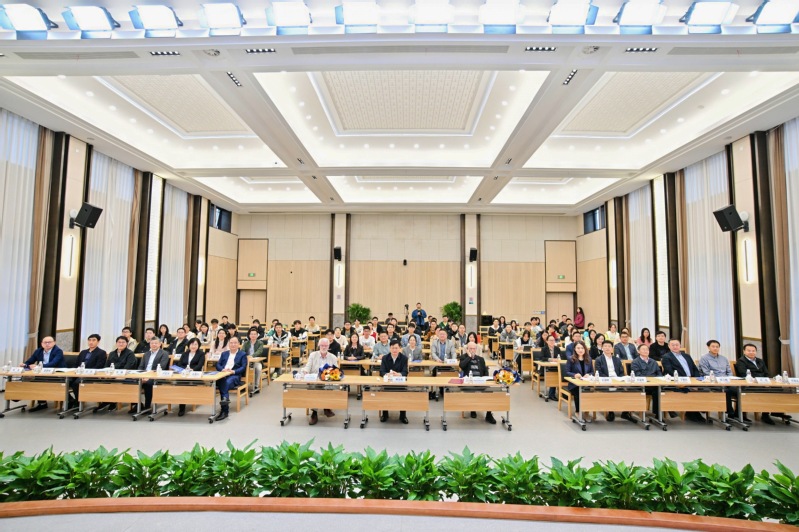
The College of Mathematical Medicine sees this conference as a pivotal moment to foster interdisciplinary research and become a hub for innovative ideas. Moving forward, we are committed to pushing the boundaries of both fundamental and applied research in mathematical medicine, encouraging interdisciplinary collaboration, and driving the field’s growth and innovation.
